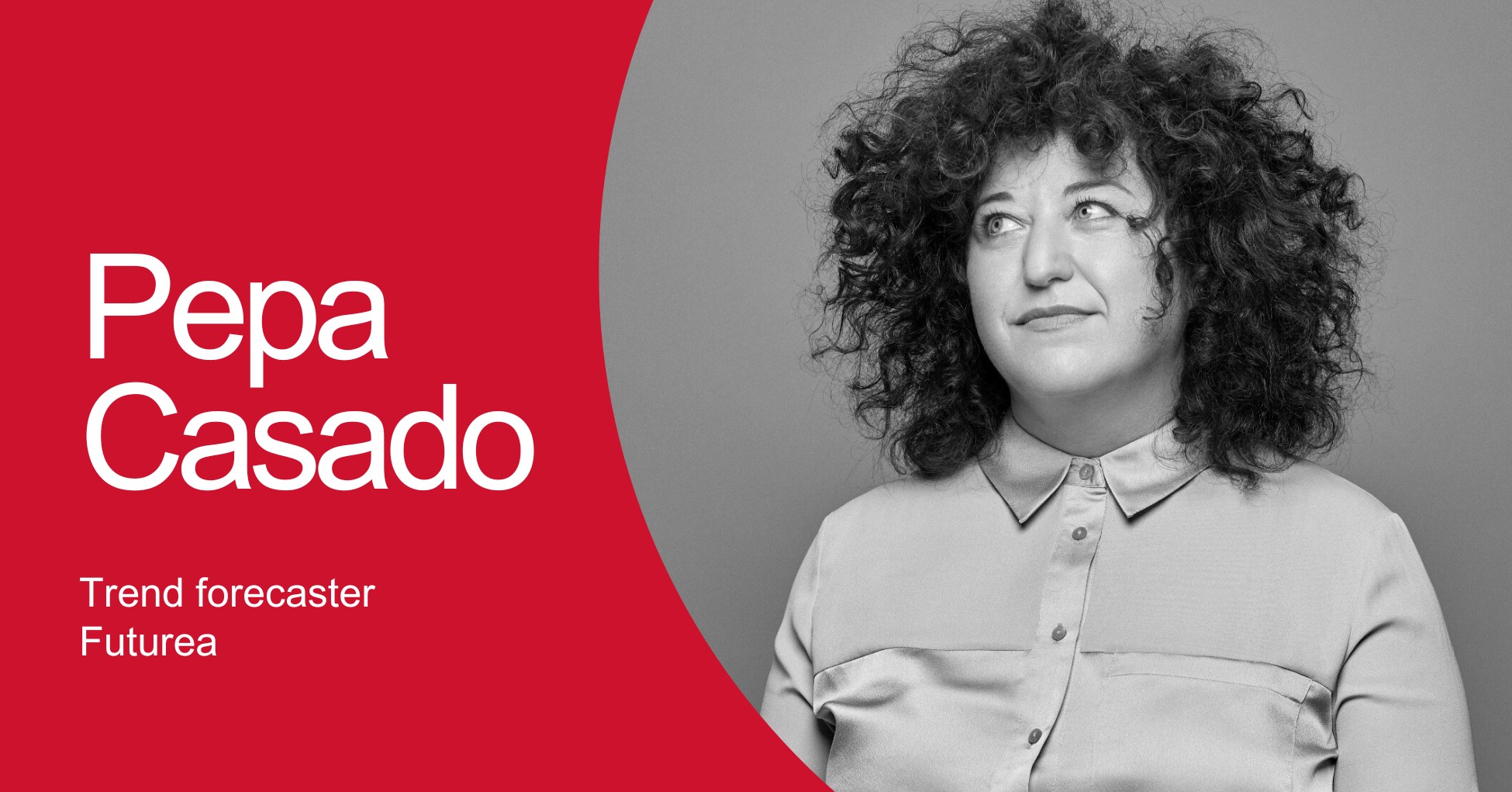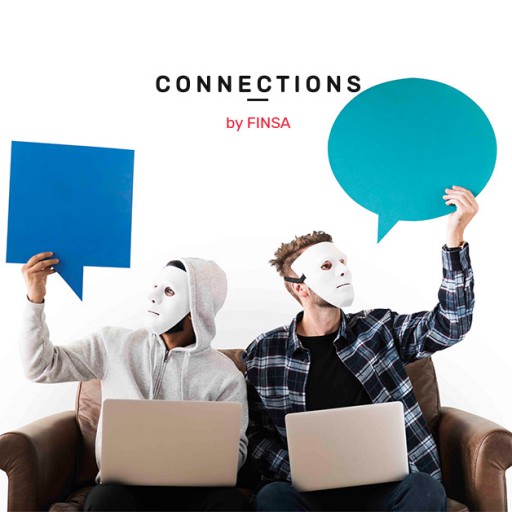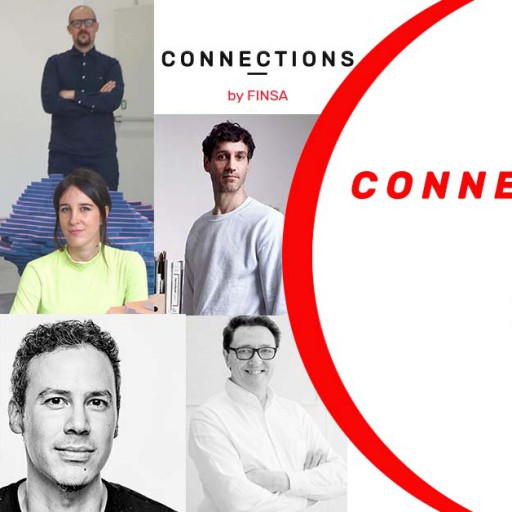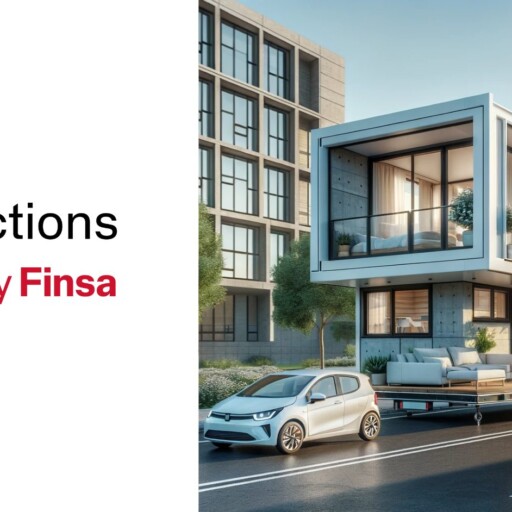Pepa Casado discovered her passion for interior design by pure chance, although she is a born researcher. She has spent over fifteen years dedicated to trend analysis in design, home, and contract, having led the Habitat Trends Observatory for a decade. She combines this analyst role with her own consulting firm founded in 2016, and also teaches trends at esDesign Barcelona and CEU Valencia. We connect with her to discuss her discovery of design, slow reading versus fast consumption, and the relevance of current events and international fairs.

Your connection with design began almost serendipitously, researching a project from your background as a social researcher. Tell us, what was that moment like when you realized this was the professional path you wanted to follow?
My training in a Master’s in Peace and Development Studies had provided me with a solid research foundation. I joined a center specializing in design and architecture due to my research skills. However, I suddenly found myself immersed in an environment full of designers and architects passionately discussing topics that were completely unfamiliar to me. I decided I needed to understand that passion, to understand why discussions about chairs were so heated. Fortunately, we had a great library, and I started devouring magazines and books daily. Publications like Diseño Interior, Frame, or Tectónica became my bibles. It was during those hours that I learned to love design. I discovered a unique discipline that combines art, technique, and a clearly humanistic perspective, where ethics and the desire to improve people’s lives are central. Falling in love with design was inevitable.
You say that to develop strategy, it’s essential to dedicate time to being disconnected in order to reflect. Do you maintain this habit? How can you find the balance between the constant stimuli of trends, which help develop the work, and the calm needed to separate the wheat from the chaff?
I find it super important. In fact, I schedule disconnection days where I can spend good hours reading books, reports, opinion articles… Many on design, but also from other fields. Nothing is more counterproductive for understanding trends than being lost in the stress of everyday office tasks. And something I try to limit as much as possible is trend research time through tools like social media, which indeed provide constant stimuli but are deeply biased.
How do you stay up-to-date with trends? Do you find cross-cutting themes in other sectors (technology, social…)?
Curiosity is essential to staying on top of trends. I’m always asking why and looking for the reasons behind them. While it’s important to be informed about what’s happening in design, understanding what’s happening in culture, art, and other sectors is key to seeing how trends intersect. I attend conferences, read specialized publications, and participate in interdisciplinary discussions. This immersion in various fields allows me to identify patterns and cross-cutting themes that can influence design. For example, technological innovations and social changes often have a significant impact on design trends. This holistic view is essential for anticipating and better understanding emerging trends.
Ver esta publicación en Instagram
Sometimes trends are seen as something for quick consumption, unsustainable and ever-changing. How do you work from analysis towards a more sustainable and less ephemeral model?
The problem is that we often reduce trends to the color palette of the next season or the fashionable textures. However, this is only sustainable if we connect these trends with deep motivations that resonate with people. Deeply reflecting on trends and executing design with rigor and quality allows us to create lasting pieces and promote more sustainable systems. It is essential to go beyond superficiality and understand the cultural, social, and emotional context behind each trend. This helps us design with purpose, creating solutions that are not only aesthetically pleasing but also functional and relevant in the long term.
Well-being is included within sustainability. How do you perceive this well-being is being considered in projects? Are there differences according to the type (home, workplace, hospitality, retail…)?
Today, space design is seen as a tool for preventive health, which is a crucial advancement. In workspaces, this is evident, with more companies concerned about creating healthy environments, taking care of aspects such as air and water quality. However, we are in an evolving phase and still have much to learn about how we understand health in different types of spaces. The disciplines of neurodesign and neuroarchitecture will likely provide scientific keys in the coming years. At home, the focus is on creating environments that promote rest and relaxation, while in hospitality, the focus is on enriching and memorable experiences. Each type of space has its own needs and challenges in terms of well-being, and design must adapt to meet these demands effectively and empathetically.
Regarding materiality, do all products still have a place in an architecture or interior design project?
Absolutely, and it’s interesting to see how certain taboos about materials are disappearing. For example, wood waste materials are being used in healthcare spaces. Reproductions of other materials, once considered second-rate, can now be even better in terms of sustainability. This reflects a change in perception and value of materials. The versatility of modern and sustainable products opens up a range of creative possibilities, allowing designers to experiment and find solutions that are both functional and ecological.
How do you think an architecture or interior design studio should combine trends with the idiosyncrasies of their firm? How to avoid losing identity by following trends?
In the end, it’s all about how we understand design practice in the studio. I often hear designers say they don’t follow trends. If following trends means reproducing aesthetic formulas without any criterion, sense, or roots, then I agree with them. But I believe that good designers are always sensitive to trends, they have the ability to listen, understand changes in the environment, and make proposals that capture a concrete concept that helps people and the environment. So, whether they are aware of it or not, good design studios follow and create trends, and they do so beyond the mere senseless reproduction of passing fashions, giving real meaning to trend research.
In September, we will talk about habitat and home taking advantage of the celebration of Valencia Design Week. Could you give us a preview of the major trends we will see in homes?
We are at a moment where many changes are happening in the home. However, what is most interesting to me is the fragmentation of housing models, a phenomenon that has gained momentum since the pandemic. While a predominant home model used to prevail, today there are many different ways of living. This is clearly reflected both in residential programs and in housing access models. On one hand, it is seen in how housing is distributed, with the introduction of concepts such as the non-hierarchical house, where all members of a family or housing unit have equal access to space. On the other hand, a new market has emerged inspired by initiatives such as construction cooperatives, leading to different styles of cohousing or coliving.
Ver esta publicación en Instagram
What events are your “musts” for the rest of 2024?
Without a doubt, Feria Habitat Valencia is an event I won’t miss, firstly because I feel at home and secondly because I believe the industrial fabric and the design ecosystem should support an event that has always been fundamental to the sector’s cohesion. I also won’t miss Interihotel, where I present trends in hospitality, as well as being one of the most interesting forums in terms of conferences on hotels and restaurants in our country. Among my plans is also to visit the ADI awards exhibition.
Do you consider that major design events still hold importance in such a digitized era through multiverses?
Without a doubt, they remain the most important space for connecting with other professionals. I think, in this sense, they are changing part of their functions; they are no longer the only place to learn about new products, which can now be seen throughout the year on different channels. However, their ability to connect people is impossible to replicate.
What are your next professional challenges? What motivates you right now?
Getting to know how design is approached in other countries, understanding new perspectives for design strategy is one of the challenges I have ahead. Hopefully, it will lead me to explore new horizons.




